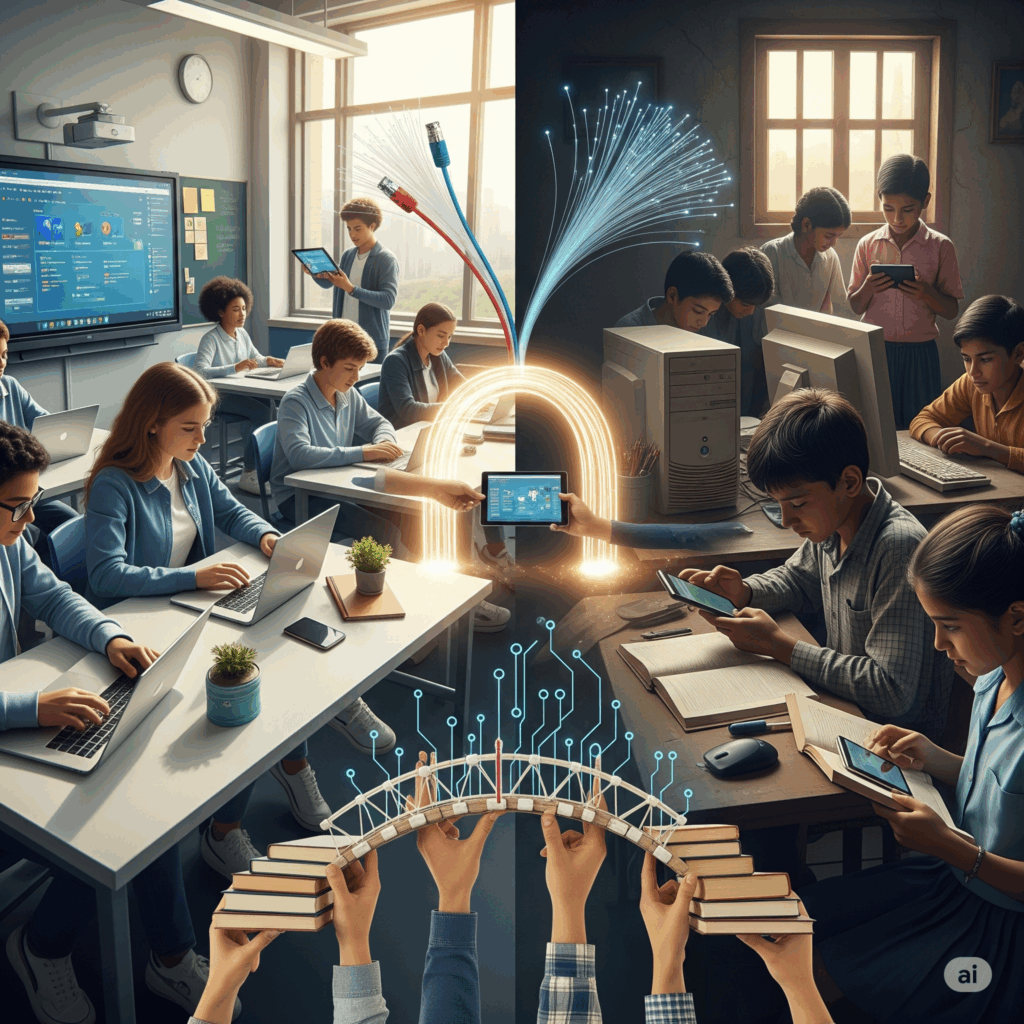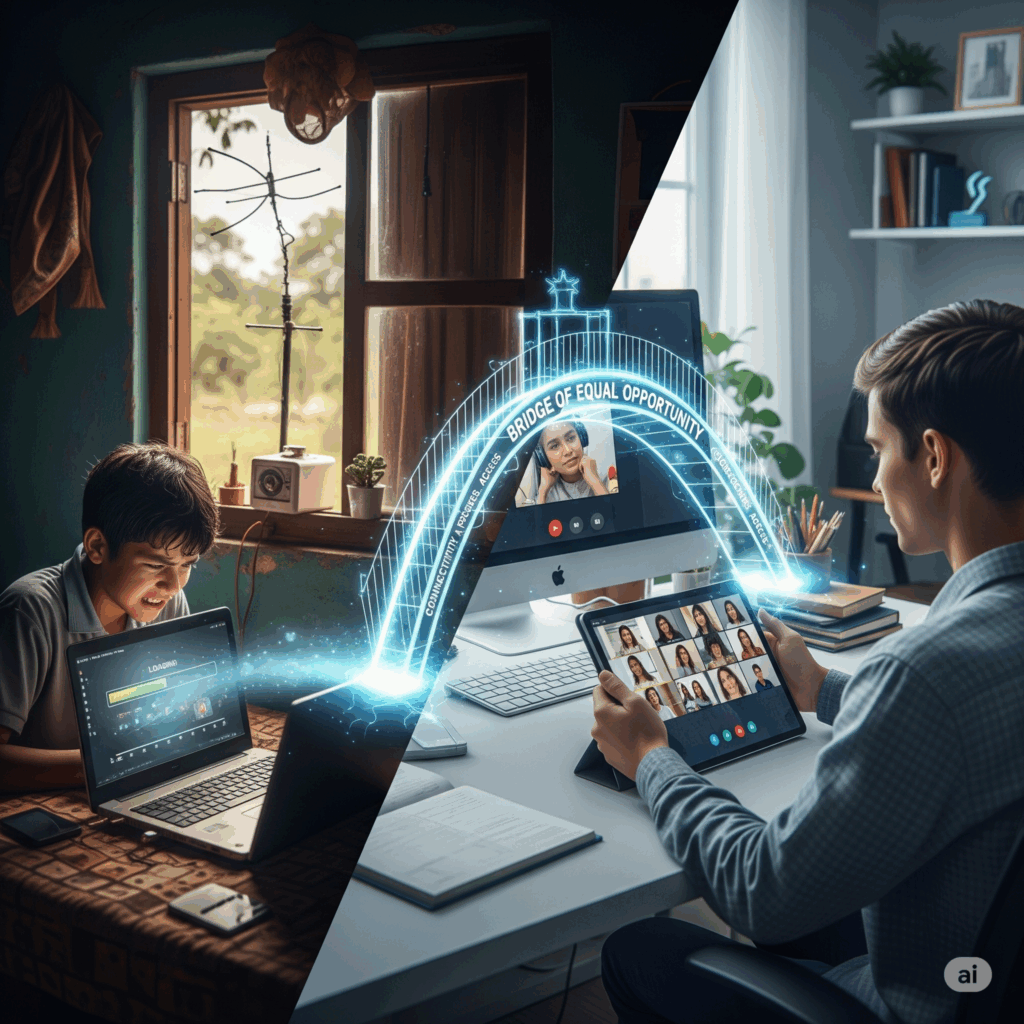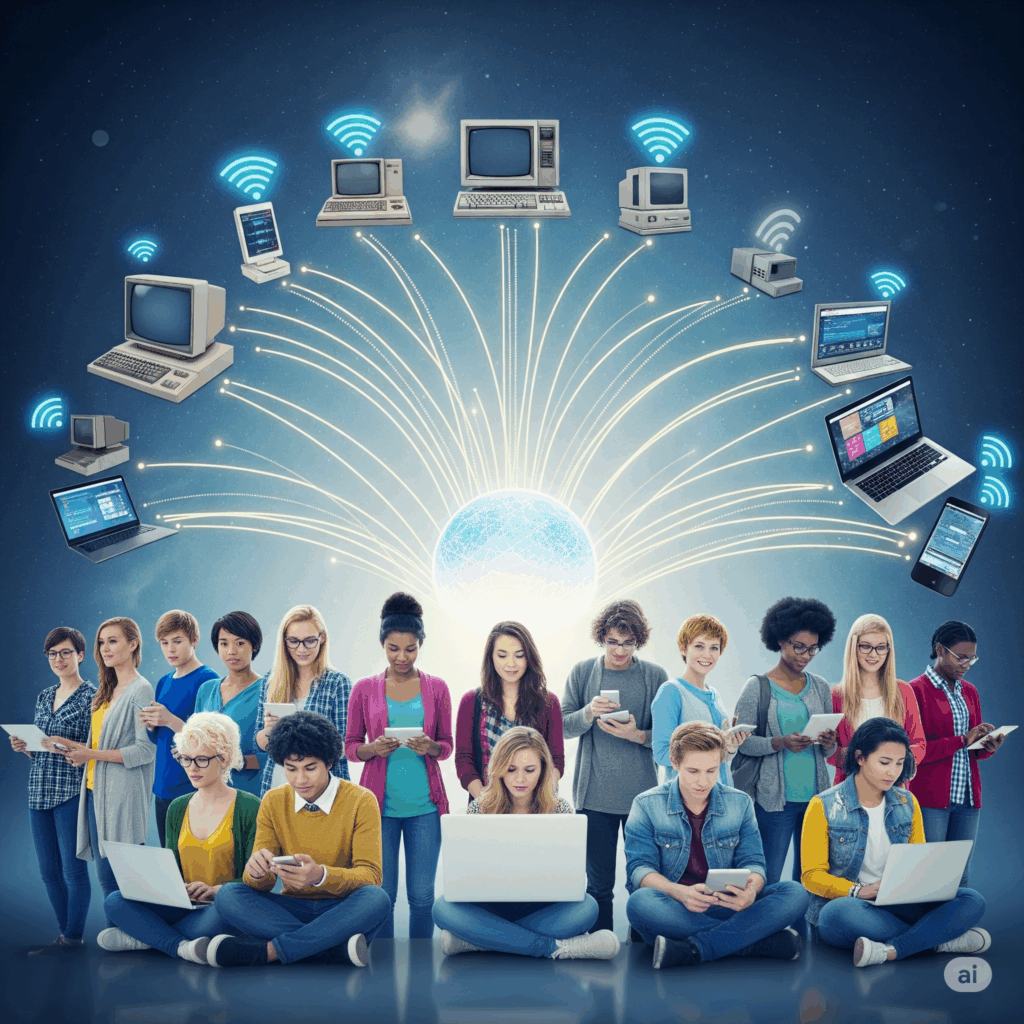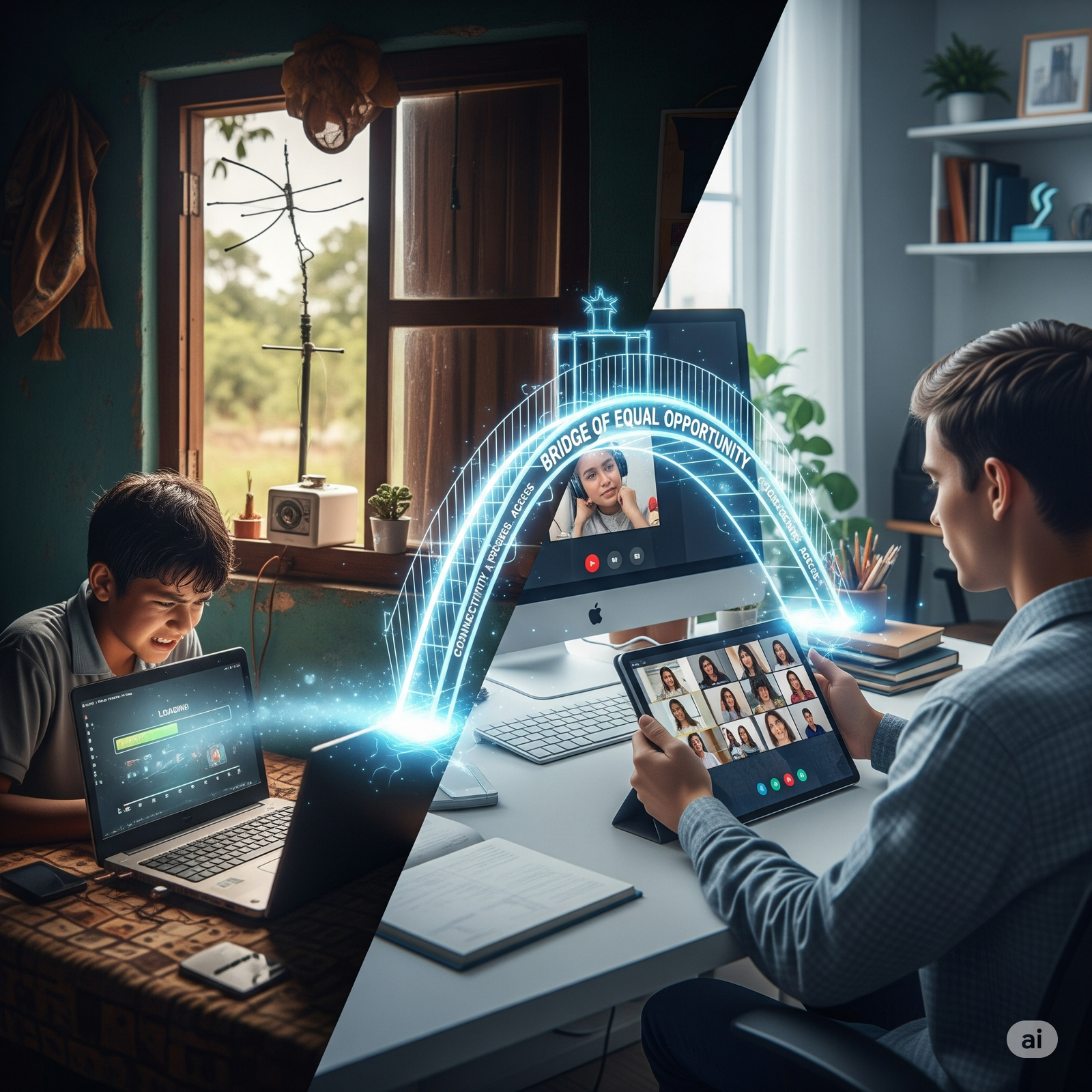The Uneven Landscape of Digital Access
In an increasingly interconnected world, digital literacy and access to technology have become fundamental pillars of modern life, including education. The COVID-19 pandemic starkly illuminated a pre-existing challenge within the United States education system: the digital divide. This divide refers to the significant disparities in access to and effective use of digital technologies, creating profound inequities in learning opportunities and outcomes for students across the nation. Bridging this gap is not merely a matter of providing devices and internet connectivity; it requires a multifaceted approach that addresses infrastructure, affordability, digital literacy, and the integration of technology into pedagogical practices to ensure equitable and effective learning for all students.
The digital divide manifests in various forms across the US education landscape. It is not solely defined by whether a student has a computer or internet access at home, though these remain critical factors.
The Homework Gap: A Persistent Barrier
The “homework gap” is a well-documented consequence of unequal access to reliable internet and devices outside of school. Students from low-income households, rural areas, and marginalized communities are disproportionately affected. Without consistent access at home, these students face significant disadvantages in completing assignments that require online research, accessing digital learning platforms, and collaborating with peers. This lack of access translates to lost learning time and can exacerbate existing academic achievement gaps.
Beyond Connectivity: The Quality of Access
Even when internet access is available, the quality and reliability can vary significantly. Dial-up connections or limited data plans can hinder effective participation in online learning activities that require bandwidth-intensive tasks like video conferencing or streaming educational content. Similarly, outdated or shared devices within a household can limit a student’s ability to engage fully with digital learning resources.
Digital Literacy: A Crucial Skill Set
Access to technology alone is insufficient. Digital literacy – the ability to use technology effectively and critically – is equally vital. Students need to develop skills in navigating digital environments, evaluating online information, using educational software, and communicating effectively through digital tools. Disparities in digital literacy among students from different socioeconomic backgrounds can further widen the educational divide, even when basic access is provided.

Teacher Preparedness and Integration
The digital divide also extends to educators. Teachers require adequate training, professional development, and ongoing support to effectively integrate technology into their teaching practices. Disparities in funding and resources across school districts can lead to uneven levels of teacher preparedness in utilizing digital tools to enhance student learning. Without confident and skilled educators, the potential benefits of technology in the classroom may not be fully realized, particularly for students who rely heavily on school-based technology access.
The Impact of the Digital Divide on Educational Equity
The consequences of the digital divide are far-reaching and undermine the fundamental principle of equitable access to education.
Exacerbating Achievement Gaps
The lack of consistent and reliable access to technology and digital literacy skills directly contributes to and exacerbates existing academic achievement gaps between students from different socioeconomic backgrounds, racial and ethnic groups, and geographic locations. Students without adequate digital resources are at a significant disadvantage in keeping pace with their peers, potentially leading to lower grades, reduced engagement, and decreased opportunities for future academic and career success.
Limiting Access to Quality Learning Resources
In today’s educational landscape, a vast array of high-quality learning resources, including interactive simulations, educational videos, online libraries, and personalized learning platforms, are primarily accessible through digital means. Students on the wrong side of the digital divide are often excluded from these enriching resources, limiting their exposure to diverse learning experiences and potentially hindering their intellectual growth.

Hindering Development of Essential 21st-Century Skills
Digital literacy and the ability to effectively use technology are increasingly essential skills for success in the modern workforce. Students who lack opportunities to develop these skills are at a disadvantage in preparing for future careers in a digital world. This can perpetuate cycles of poverty and limit their economic mobility.
Reduced Engagement and Motivation
For students who struggle with unreliable technology or lack the skills to navigate digital learning environments, online learning can be a frustrating and disengaging experience. This can lead to decreased motivation, increased absenteeism, and a negative perception of learning, further widening the achievement gap.
Bridging the Gap: Strategies for Action
Addressing the digital divide in education requires a concerted effort from policymakers, educators, communities, and technology providers.
Investing in Infrastructure and Connectivity
Expanding broadband infrastructure, particularly in rural and underserved areas, is a foundational step. Government initiatives and public-private partnerships are crucial to ensure that all students have access to reliable, high-speed internet. Furthermore, initiatives to provide affordable internet options for low-income families are essential to address the affordability barrier.
Providing Devices and Technical Support
Ensuring that every student has access to a suitable device, such as a laptop or tablet, is another critical component. School districts and community organizations can implement device lending programs or provide subsidies to help families afford technology. Equally important is providing ongoing technical support for both students and families to troubleshoot issues and maximize the effective use of their devices.
Integrating Digital Literacy into the Curriculum
Digital literacy should be explicitly integrated into the curriculum across all grade levels. This includes teaching students how to use technology effectively for learning, evaluate online information critically, understand online safety and ethics, and communicate responsibly in digital environments. Teacher training programs must also prioritize digital literacy instruction to equip educators with the skills to teach these essential competencies.
Professional Development for Educators
Investing in comprehensive professional development for teachers is crucial for the effective integration of technology into teaching and learning. Educators need opportunities to learn how to leverage digital tools to personalize instruction, enhance engagement, assess student learning, and create inclusive online learning environments. Ongoing support and resources should be provided to help teachers stay current with evolving technologies and pedagogical best practices.

Leveraging Federal and State Funding
Government funding at the federal and state levels plays a vital role in addressing the digital divide. Initiatives that provide funding for technology infrastructure, device procurement, digital literacy programs, and teacher professional development are essential to support equitable access to digital learning opportunities.
Community Partnerships and Collaboration
Collaboration between schools, community organizations, libraries, and technology companies can help bridge the digital divide. Libraries can serve as hubs for internet access and digital literacy training. Partnerships with technology companies can provide discounted devices, software, and technical support. Community-based initiatives can offer after-school programs and resources to support students’ digital learning needs.
Addressing the Unique Needs of Diverse Learners
Solutions to bridge the digital divide must be tailored to meet the unique needs of diverse learners, including students with disabilities, English language learners, and students in rural or tribal communities. This may require providing assistive technologies, translated digital resources, and culturally relevant content.
Conclusion
The digital divide in education poses a significant threat to equity and opportunity in the United States. While technology offers immense potential to enhance learning and prepare students for the future, these benefits cannot be fully realized if a substantial portion of the student population lacks equitable access and the necessary skills to navigate the digital world. Bridging this gap requires a sustained and collaborative effort involving strategic investments in infrastructure, devices, digital literacy, and teacher preparedness. By prioritizing digital equity, the US can ensure that all students, regardless of their socioeconomic background or geographic location, have the opportunity to thrive in the 21st century and contribute to a more just and prosperous society. Closing the digital divide is not just an educational imperative; it is an economic and social necessity.










